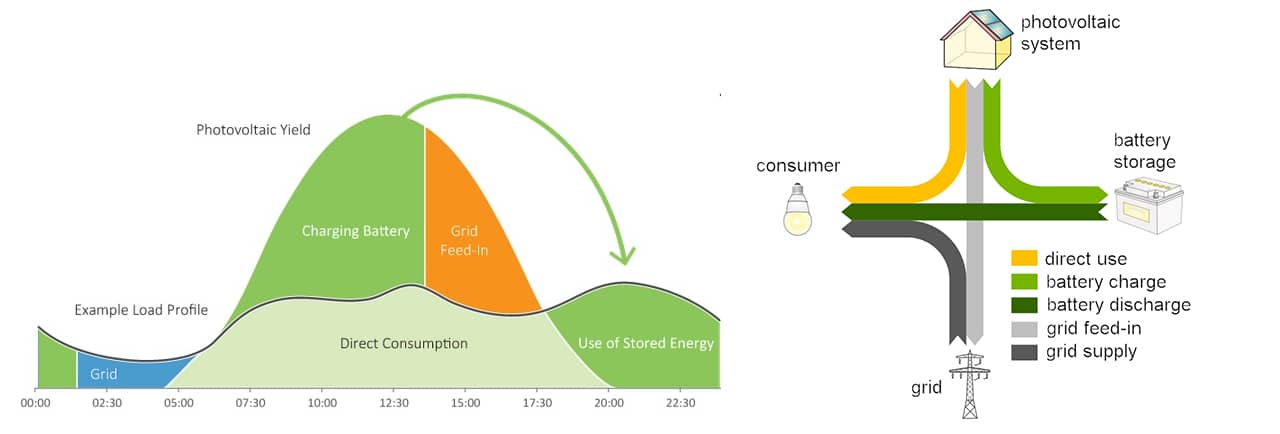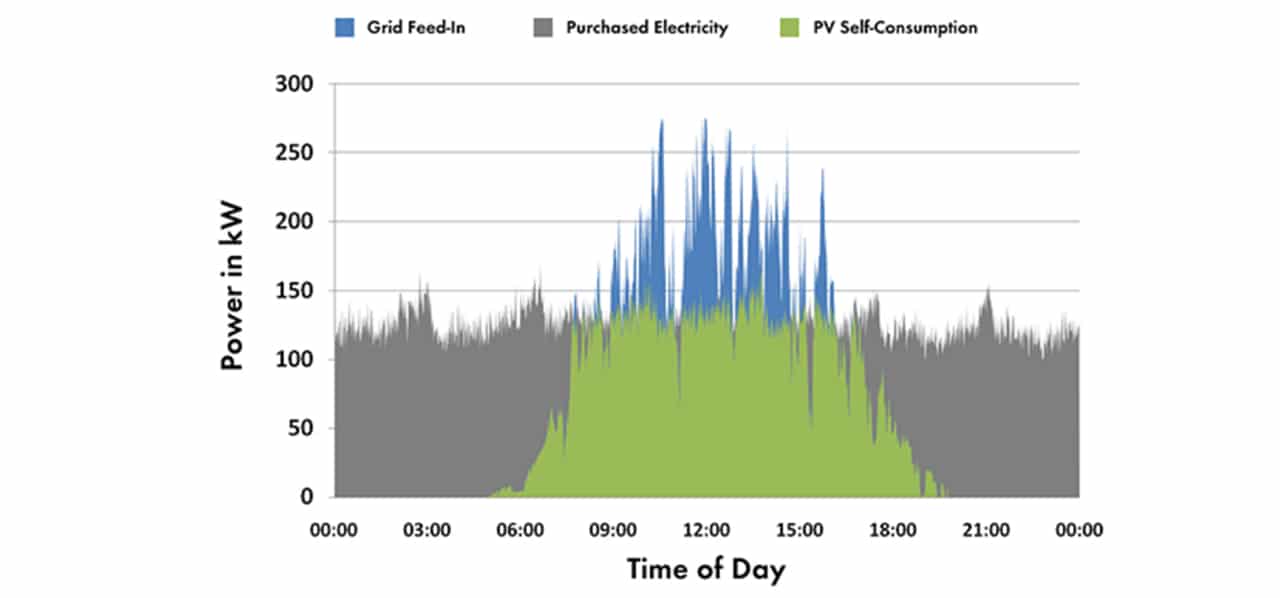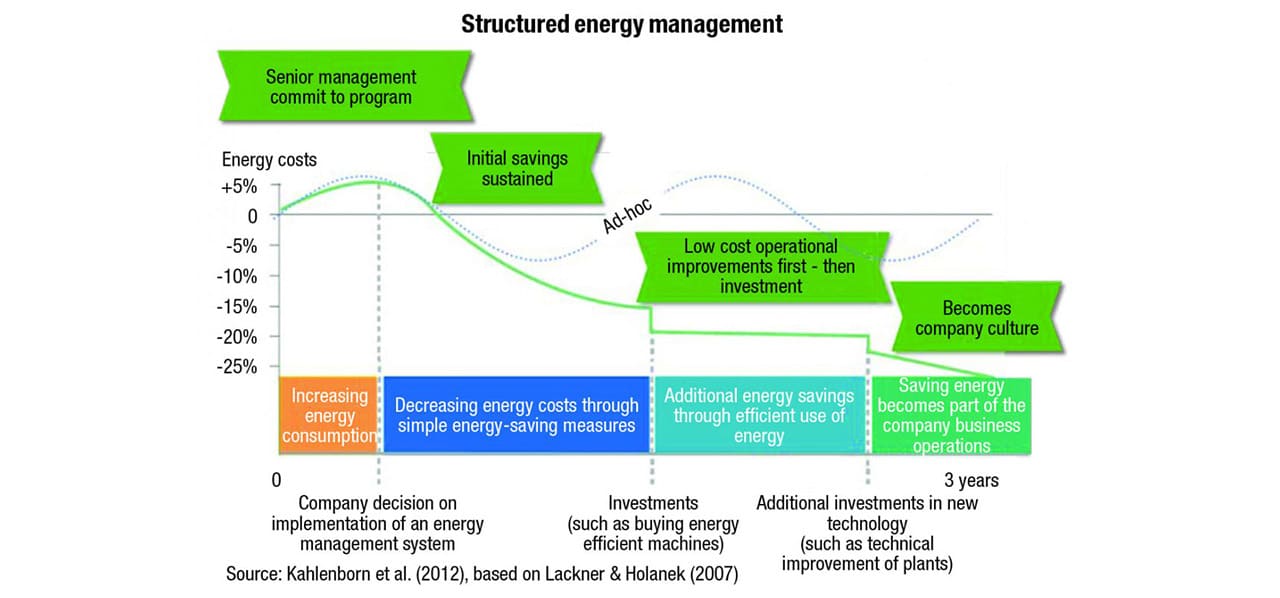The energy sector is one of the main sectors of the world economy that provide the necessary conditions for human life. Energy consumption is increasing from year to year, which negatively affects the state of the Earth’s biosphere, which has been formed over several billion years.
The world community is looking for ways to slow down the negative changes taking place in the biosphere without compromising the economy, industry, and security. To solve this problem, conventional fossil fuel-based electricity is being transformed and diversified by increasing the number of renewable energy sources.
In particular, photovoltaic technologies have developed very rapidly in recent years. In 2018, the International Energy Agency (IEA) published a study of global energy consumption, which predicts, solar panels will provide about 45% of all electricity needs by 2050.

The development of technology led to solar modules cost reduction and solar power plant demand increase. Industrial enterprises increase the profitability of products by installing solar power plants for self-consumption to generate photovoltaic energy and supply it to production equipment, lighting fixtures, etc.
Since 2010, Avenston has been successfully designing and building any types of solar power plant. We provide the most complete range of services in solar energy, from pre-project support to the operation and maintenance of already built photovoltaic power plants. Our experience and qualifications allow us to solve any (even the most complex) tasks for power supply systems, including those based on renewable energy sources.
What is “solar energy self-consumption”?
Photoelectric energy self-consumption is the consumption of electricity directly from the photovoltaic system. Such consumption carries out either immediately or after some time with intermediate storage.
Mankind plans to switch to energy self-consumption by 2050 and to replace traditional energy with renewable energy. For now, all the electricity produced by traditional power plants (nuclear, thermal, etc.) is delivered to consumers through an electrical grid, transformers, and power lines. This entails losses during transmission. Self-consumption avoids the loss of electricity during its transportation from source to consumer.
Due to the technological breakthrough, the cost of photovoltaic energy production is reduced (Fig. 1), and electricity production from PV-plant becomes commercially attractive for business. Especially given the fact that experts predict an inevitable increase in the cost of traditional power plant electricity. This is unavoidable because of old power plant equipment requires replacement, and the maintenance of worn-out elements is expensive.

Modes and features of energy consumption
There are several modes of energy consumption when generating electricity by a local power plant (table 1).
| Power consumption modes | Description |
| Autonomous systems | Generated Electricity store in batteries for further self-consumption, which eliminates the power consumption from the grid. |
| Instant consumption | The Generated Electricity is consumed immediately, covers the energy needs as much as possible. During the solar part of the day, energy consumption from the external grid is minimal. |
| Self-consumption and storage | The amount of generated electricity exceeds demand. Surpluses are stored in energy storage systems for further consumption. |
| Self-consumption and sale of surpluses to the external grid | More power is generated than needed to meet their own needs, the surplus is sold to the external network. |

Before building a solar power plant, it is necessary to determine which mode of consumption for the owner will be a priority, analyze the features of the installation of solar panels and calculate the level of own electricity consumption at the facility. Depending on these indicators, the appropriate power of the photovoltaic system is selected.
Location (ground, roof, trackers, etc.)
Solar power plants can be placed on the ground or any other surface with free sunlight access. For example, the roofs of production shops, schools, kindergartens, shopping centers, hospitals, etc. Also, it is possible to place on moving trackers, for more effective capture of solar radiation.
The photovoltaic system orientation is an important factor that affects not only the amount of electricity produced but also its distribution during the day. For example, the orientation of a solar power plant to the west will shift the peak generation time to the end of the day, and the orientation of a solar power plant to the east will shift the peak generation time to the morning. If businesses are experiencing the greatest demand for energy in the evening, a simple west-facing photovoltaic installation can increase their self-consumption by about 7%. However, the orientation of solar panels to the west only for this reason may be ineffective, because, in such a situation, the absolute reduction in a generation will be about 15% and will be more significant than the growth of self-consumption.

Not only the orientation of solar panels relative to the sides of the world affects the magnitude of power output, but also the conditions of insolation (wind, clouds, morning fog, etc.).
Peculiarity of design
The photovoltaic system must be designed to best match the company’s energy consumption. In addition to saving energy costs, self-consumption can also eliminate not only the need for additional power lines to the point of external grid connection, but also eliminate the factor of losses in the power grid.
Figure 4 shows the average daily load mode of a commercial enterprise with annual electricity consumption of about 1 GWh and electricity generation from its photovoltaic system with a capacity of 300 kW on a cloudy summer day. Self-consumption per day (green zone) is equal to the intersection of generation (blue zone) and consumption (gray zone).

The most economical design option involves comparing the power plant’s capacity with the baseload of the company so that as a result it consumes as much of its electricity as possible. The most important indicator here is the level of consumption, or rather its average annual value, which takes into account seasonal fluctuations in consumption and production.
Economic efficiency
The self-consumption of solar energy is an attractive offer for commercial consumers. The Ministry of Economic Development and Trade forecasts the inevitable increase in the cost of electricity for non-household consumers by 15% in 2020 and by 12.5% in 2021. In this situation, businesses seek to improve the energy management of their enterprises and use energy-efficient technologies.

Installing own a solar power plant allows the company to replace electricity from the external grid and significantly reduce electricity costs. In case of insufficient insolation, for example, in winter, the electricity comes from the external grid or energy storage systems (BESS).
Photovoltaic systems for self-consumption are also advantageous in that only coordination with the State Architectural and Construction Inspectorate of Ukraine is required. As a result, the PV-project takes 1-2 months to implement, and the savings start from the first minute of the station launch.
Whether the consumption of solar energy will be more profitable than buying electricity from the grid depends almost entirely on its cost: if the cost of electricity exceeds the cost of solar generation, the installation of a solar power plant becomes a financially attractive option.
Use in various sectors (production, farmers, etc.)
Solar energy is widely used in many sectors of the economy, which contributes to their energy stability and economic efficiency:
- industry;
- telecommunications;
- agriculture;
- trade;
- construction and etc.
Solar power plants for self-consumption are gaining significant popularity in the industry. For example, CUMMINS in China installed a solar power plant with a total capacity of 3600 kW on the roof of its plant. This helped reduce the company’s electricity costs and reduce CO2 emissions by 13%. In our country, some gas stations install not only photovoltaic systems but also solar systems for water heating. This approach testifies to the ambitious plans of the companies owners to increase energy efficiency and reduce dependence on external communications.

As for the agro-industrial complex, farmers use photovoltaic energy for watering and pumping water, heating and electricity supply of greenhouses, for automatic milking of cows and cooling of milk, as well as in other production cycles.
Over the past few years, the global demand for solar power has tripled annually, due to the reduction in the cost of photovoltaic technologies and the promotion of the market for renewable energy sources.
First of all the determining factor for self-consumption is the ratio between the PV-station power and the energy demand. In many cases, self-sufficiency is an attractive option, especially given that electricity prices will rise in the medium term. This will increase the financial incentive to install photovoltaic systems.
AVENSTON has implemented many solar power plant projects. We specialize in such solar energy services as design, construction, service, supply of high-quality equipment, and more. If you have any questions or doubts, email us! We will be happy to consult and perform preliminary calculations!